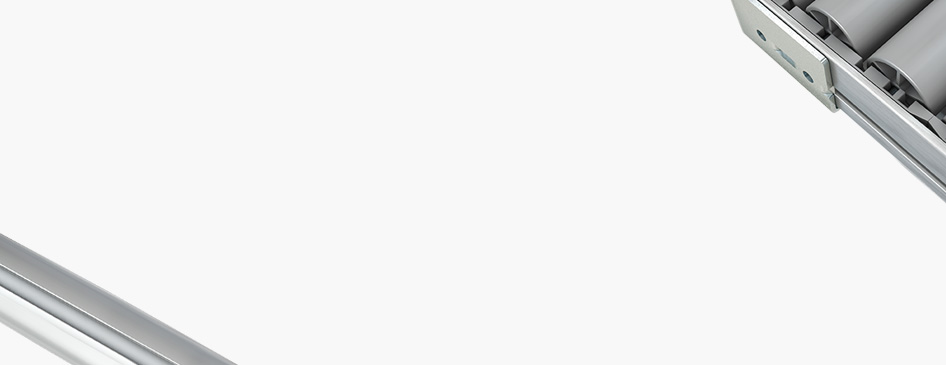
Choose one
or multiple languages
0,1,1
- German
- English
- Chinese
- Spanish
Clamp connection
A clamp connection is created using an axially divided hub, with one screw on each half of the Hub clamping the Shaft.
The asymmetrical position of the screws causes unevenly distributed radial pressure, which means the Friction-based connection is not ideal. This is compensated for using a slotted clamp connection in which the two halves of the hub act as levers and the bottom of the slot as a centre of Rotation (articulation). This optimises the distribution of pressure. The type of Fit and the hub's rigidity also affect the distribution of pressure. The play between hub and shaft must be minimised to ensure forces are transferred efficiently.
Clamp connections are mainly used in couplings. They have the advantage of being easy to disassemble. One drawback is that the asymmetrical structure can lead to an imbalance.
Klemmverbindung
Eine Klemmverbindung wird durch eine axial geteilte Nabe hergestellt. Dazu klemmt jeweils eine Schraube die Welle auf eine Halbschale der Nabe.
Durch die asymmetrische Lage der Schrauben wird eine ungleichmäßig verteilte Fugenpressung verursacht, sodass der Reibschluss nicht optimal ist. Dem wird mit einer geschlitzten Klemmverbindung begegnet: Bei diesen wirken die Nabenhälften als Hebel und der Schlitzgrund als Drehpunkt (Gelenk), sodass die Pressverteilung optimiert wird. Passungsart und Nabensteifigkeit wirken ebenfalls auf die Pressverteilung. Für eine gute Kraftübertragung muss das Spiel von Nabe und Welle möglichst gering gehalten werden.
Klemmverbindungen werden überwiegend in Kupplungen verwendet. Als Vorteil gilt ihre leichte Demontierbarkeit. Nachteil ist, dass der asymmetrische Aufbau zu einer Unwucht führen kann.
紧固连接
紧固连接由轴向分开的轮毂构成,每一半轮毂由螺钉固定在轴上。
螺钉位置的不对称导致应力分布不均,意味着基于摩擦连接的不理想。槽销紧固连接抵消了这一影响,两个衬套作为杠杆,槽的底部作为旋转中心。这优化了压力的分布。这种类型的配合和衬套的刚度同样影响了应力的分布。轴与轮毂之间的间隙必须最小化以确保力可以有效的传递。
紧固连接主要用于联轴器。优点为易于拆卸,不足为非对称结构可能导致不平衡。
Conexión de abrazadera
Una conexión de abrazadera es creada usando una conexión dividida axialmente, con un tornillo en cada mitad de la conexión sujetando el eje.
La posición asimétrica de los tornillos causa una presión radial distribuida despareja, lo que significa que la conexión a base de fricción no es ideal. Esto se compensa usando una conexión de abrazadera ranurada en la cual las dos mitades de la conexión actúan como palancas y la parte inferior de la ranura como el centro de rotación (articulación). Esto optimiza la distribución de la presión. El tipo de ajuste y la rigidez de la conexión también afectan la distribución de la presión. El juego entre la conexión y el eje debe ser minimizado para garantizar que las fuerzas sean transmitidas eficientemente.
Las conexiones de abrazadera se usan principalmente en acoples. Tienen la ventaja de ser fáciles de desensamblar. Un inconveniente es que la estructura asimétrica puede generar un desbalance.
